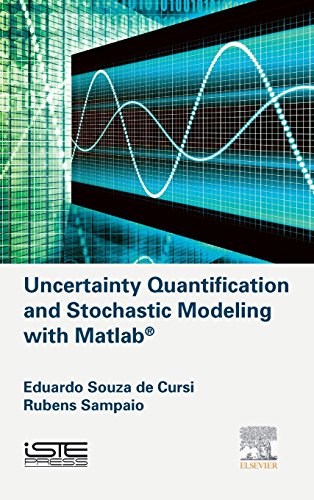

Most ebook files are in PDF format, so you can easily read them using various software such as Foxit Reader or directly on the Google Chrome browser.
Some ebook files are released by publishers in other formats such as .awz, .mobi, .epub, .fb2, etc. You may need to install specific software to read these formats on mobile/PC, such as Calibre.
Please read the tutorial at this link: https://ebookbell.com/faq
We offer FREE conversion to the popular formats you request; however, this may take some time. Therefore, right after payment, please email us, and we will try to provide the service as quickly as possible.
For some exceptional file formats or broken links (if any), please refrain from opening any disputes. Instead, email us first, and we will try to assist within a maximum of 6 hours.
EbookBell Team

0.0
0 reviewsUncertainty Quantification (UQ) is a relatively new research area which describes the methods and approaches used to supply quantitative descriptions of the effects of uncertainty, variability and errors in simulation problems and models. It is rapidly becoming a field of increasing importance, with many real-world applications within statistics, mathematics, probability and engineering, but also within the natural sciences.
Literature on the topic has up until now been largely based on polynomial chaos, which raises difficulties when considering different types of approximation and does not lead to a unified presentation of the methods. Moreover, this description does not consider either deterministic problems or infinite dimensional ones.
This book gives a unified, practical and comprehensive presentation of the main techniques used for the characterization of the effect of uncertainty on numerical models and on their exploitation in numerical problems. In particular, applications to linear and nonlinear systems of equations, differential equations, optimization and reliability are presented. Applications of stochastic methods to deal with deterministic numerical problems are also discussed. Matlab® illustrates the implementation of these methods and makes the book suitable as a textbook and for self-study.